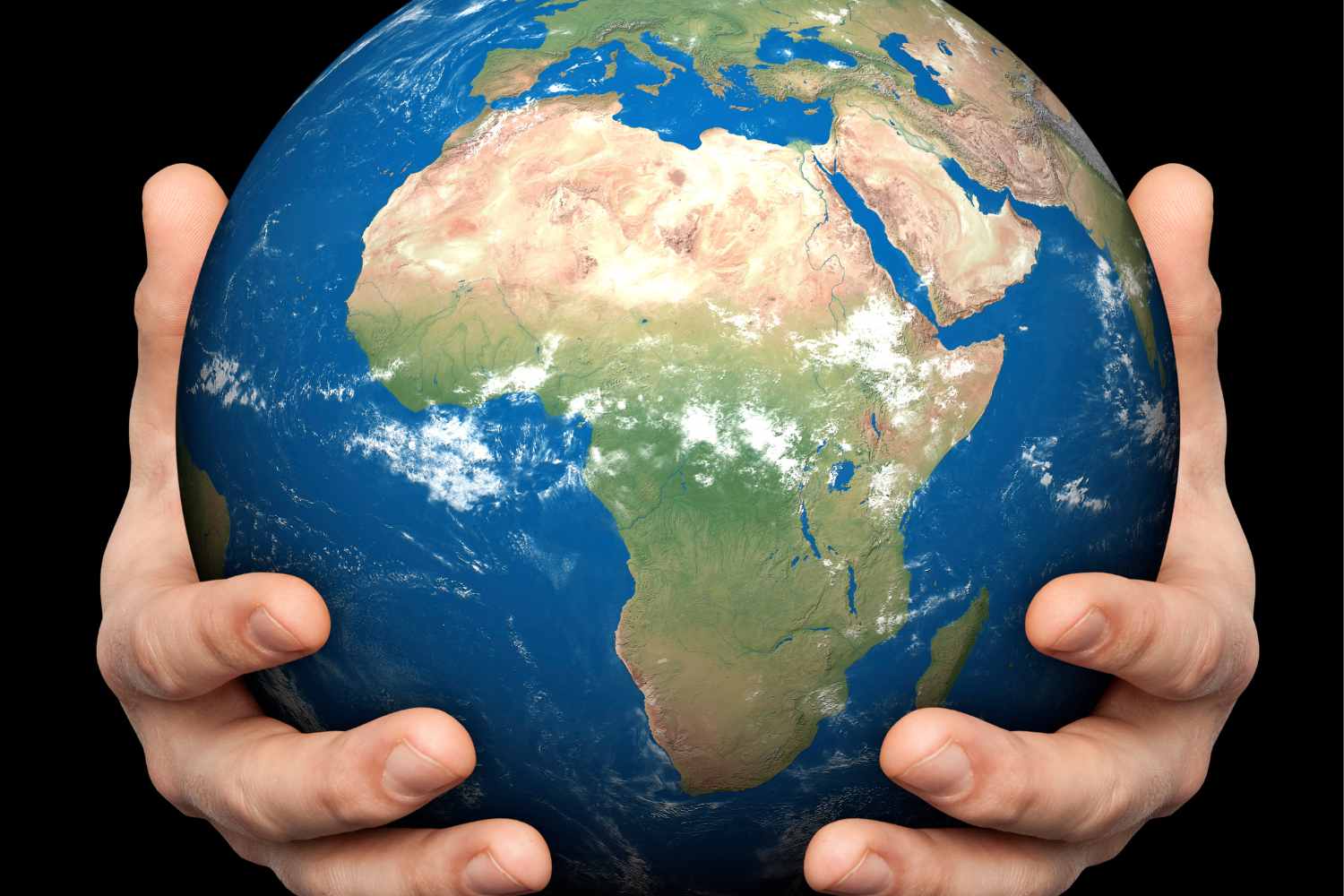Africa’s solar imports are booming, up 60% from China, but 600 million people still lack electricity. The funding gap threatens to block a just energy transition.

@Canva
𝗡𝗮𝘁𝗶𝗼𝗻𝗮𝗹 𝗦𝘁𝗮𝘁𝗲𝗺𝗲𝗻𝘁𝘀 𝗮𝘁 𝗔𝗖𝗦𝟮: 𝗣𝗿𝗲𝘀𝗶𝗱𝗲𝗻𝘁 𝗼𝗳 𝘁𝗵𝗲 𝗥𝗲𝗽𝘂𝗯𝗹𝗶𝗰 𝗼𝗳 𝗞𝗲𝗻𝘆𝗮, & 𝗣𝗿𝗲𝘀𝗶𝗱𝗲𝗻𝘁 𝗼𝗳 𝘁𝗵𝗲 𝗙𝗲𝗱𝗲𝗿𝗮𝗹 𝗥𝗲𝗽𝘂𝗯𝗹𝗶𝗰 𝗼𝗳 𝗦𝗼𝗺𝗮𝗹𝗶𝗮, 𝗗𝗲𝗹𝗶𝘃𝗲𝗿 𝗛𝗶𝗴𝗵-𝗟𝗲𝘃𝗲𝗹 𝗔𝗱𝗱𝗿𝗲𝘀𝘀𝗲𝘀.
𝗛.𝗘.… pic.twitter.com/MEpb1LYPDr
— Africa Climate Summit 2 (@ACS2ET) September 8, 2025
Twenty nations are smashing records this year in solar panel imports, with a 60% surge in photovoltaic technology arriving from China. And yet, nearly 600 million Africans remain in the dark, without electricity. That contrast—between unprecedented growth and persistent exclusion—was laid bare at the Africa Climate Summit, which opened today in Ethiopia’s capital.
Africa, more sun-blessed than any other continent, is experiencing a solar boom like never before. But the light of this new green dawn still fails to reach hundreds of millions of homes.
Momentum, but from a low base
Fresh data from the think tank Ember leaves little room for doubt. In just twelve months, Africa’s imports of solar modules from China jumped from 9 megawatts in 2024 to 15 megawatts in 2025. And outside South Africa—the continent’s long-standing solar hub—purchases have tripled. It’s the portrait of a transition that is spreading more widely, fueling hopes of a low-carbon economy.
But perspective matters. The starting point is extraordinarily low. The International Energy Agency reminded the world in 2023 that Africa’s installed solar capacity was roughly equal to Belgium’s. The numbers are startling: despite holding 60% of the world’s best solar resources, the continent today generates only 4% of global solar power.
Beyond climate goals: a human imperative
This isn’t just about hitting climate targets. It’s about health, opportunity, and dignity. Almost one billion Africans still rely on polluting biomass for cooking, with devastating consequences: nearly 500,000 premature deaths each year in sub-Saharan Africa alone.
Energy access becomes, then, not only an environmental issue but a precondition for development—from hospitals that can refrigerate vaccines to businesses that need reliable power to grow.
The funding gap
Money is the deepest fault line. Africa accounts for 17% of the global population, but only 3% of the world’s energy investment finds its way here. As Tanzania’s climate envoy Richard Muyungi told The Guardian: “Africa is ready to participate provided we are given the financial, technological and capacity-building support.”
Adaptation funding exposes another painful imbalance. While needs are estimated at at least $70 billion per year, the actual flows in 2023 totaled just $15 billion (€14 billion). The gap isn’t just financial—it’s existential.
Minerals, power, and the specter of a new scramble
Overlaying this picture is a scramble for the continent’s underground wealth. Africa holds vast deposits of cobalt, lithium, and platinum—all essential for the world’s clean energy transition. Yet there are growing fears that this could fuel a new wave of extractive neo-colonialism, where resources are shipped abroad while local communities see little benefit. Reports already highlight risks of labor abuses and environmental harm tied to this race for critical minerals.
towards a new energy pact
Against this backdrop, leaders are putting forward the idea of a “New Energy Pact for Africa.” The goal: to unlock investments, build local supply chains, and guarantee universal access to renewable energy. It’s an ambitious vision, but also a necessary one. Without it, Africa risks becoming a solar giant on paper and a continent left literally in the dark.
